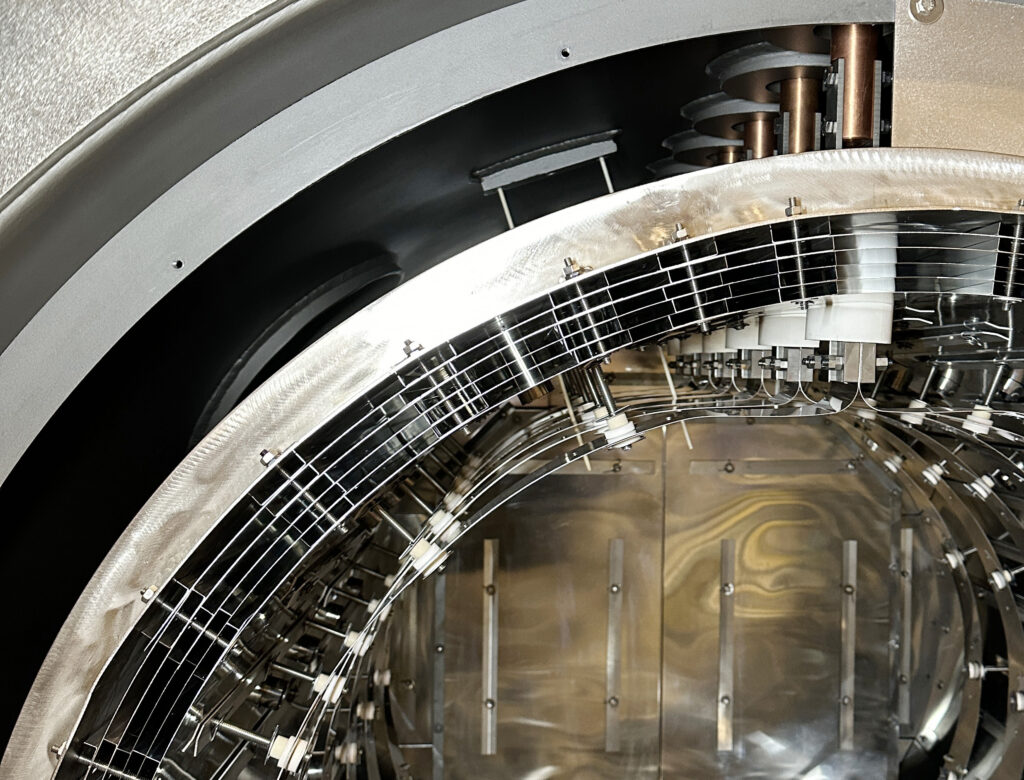
Solar Manufacturing’s new thermocouple design is reported to offer an advantage when controlling at operating temperatures from ambient up to 1200°F (649°C), especially in smaller diameter hot zones of 36 inches (91.44 cm) or less. (Image courtesy Solar Manufacturing, Inc.)
Solar Manufacturing designed a new thermocouple configuration to lessen the undesirable thermal conduction losses of the thermocouple assembly.
SELLERSVILLE, Pa.—–Its design for an improved vacuum furnace control thermocouple has earned Solar Manufacturing a new U.S. patent, the company said in a release.
The new thermocouple design is reported to offer an advantage when controlling at operating temperatures from ambient up to 1200°F (649°C), especially in smaller diameter hot zones of 36 inches (91.44 cm) or less. Under these conditions, the outer ceramic protection tube of the conventional control thermocouple design acts as a heat sink.
This thermal conduction, or the heat loss, is compounded by the shorter length of the thermocouple assembly, according to Solar Manufacturing. It causes the control thermocouple to operate at a lower temperature, increasing the power output to the furnace heating elements to maintain set-point temperature. The result, according to the company, is a workload temperature hotter than the furnace temperature. The phenomenon is more pronounced at lower processing temperatures (<1200°F/649°C), the company said.
The new thermocouple configuration was developed to lessen the undesirable thermal conduction losses of the thermocouple assembly. This thermocouple design is also reported to have demonstrated improved temperature uniformity survey results. To satisfy AMS 2750 standard temperature uniformity specifications, it is critical to have the control thermocouples in the proper location of the hot zone for satisfactory survey thermocouple measurements without correction factors, according to Solar Manufacturing.
The inventor of the patent (U.S. Patent #11,815,403) is William R. Jones, owner of Solar Manufacturing, Inc.
